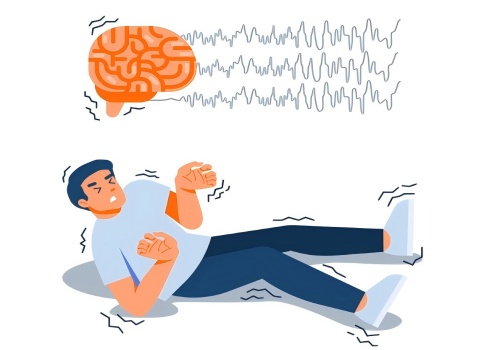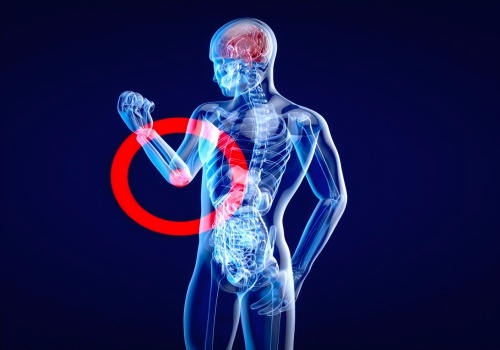Cannabidivarol (CAS 24274-48-4) is a non-psychoactive propyl analogue of cannabidiol (CBD), distinguished by its shorter three-carbon side chain instead of CBD’s pentyl chain. This structural variation influences its pharmacological profile, enhancing its research relevance as a potential therapeutic agent, particularly for its noted anticonvulsant properties and emerging applications in treating neurological disorders such as epilepsy. As a minor cannabinoid, it also serves as a critical tool for studying structure-activity relationships within the endocannabinoid system.
Name :
CannabidivarolCAS No. :
24274-48-4MF :
C₁₉H₂₆O₂MW :
286.41Purity :
98%Appearance :
Liquid or low-melting solid (depending on purity)Storage Condition :
Sparingly soluble in ethanol, methanol, and DMSOChemical Properties
Chemical Name: Cannabidivarol
Synonyms: Cannabidivarin; CBDV;CRM
Molecular Formula: C₁₉H₂₆O₂
Molecular Weight: 286.41 g/mol
CAS Number: 24274-48-4
Appearance: Liquid or low-melting solid (depending on purity)
Melting Point: ~49°C (predicted)
Boiling Point: 439.4 ± 45.0°C (predicted)
Density: 1.046 ± 0.06 g/cm³ (predicted)
Solubility:
Sparingly soluble in ethanol, methanol, and DMSO
Insoluble in water
pKa: 9.62 ± 0.45 (predicted)
SMILES Notation: C1(O)=CC(CCC)=CC(O)=C1[C@H]1[C@H](C(C)=C)CCC(C)=C1
InChI: InChI=1S/C19H26O2/c1-5-6-14-10-17(20)19(18(21)11-14)16-9-13(4)7-8-15(16)12(2)3/h9-11,15-16,20-21H,2,5-8H2,1,3-4H3
Biological and Pharmacological Roles
CBDV is a non-psychoactive cannabinoid found in Cannabis sativa. Key roles include:
Anticonvulsant: Reduces neuronal hyperexcitability via TRPV1/TRPV2/TRPA1 channel modulation .
Anti-Inflammatory: Attenuates intestinal inflammation in ulcerative colitis (UC) models by suppressing cytokines (IL-1β, IL-6, MCP-1) .
Analgesic: Alleviates neuropathic pain in rodent models through TRP channel desensitization .
Neuroprotective: Modulates T-type calcium channels to reduce excitotoxicity .
Mechanism of Action
Receptor Interaction:
Activates and desensitizes TRPV1 channels (key in pain and inflammation pathways) .
Inhibits DAG lipase-α, reducing 2-AG synthesis (endocannabinoid degradation) .
Ion Channel Modulation: Alters neuronal excitability by targeting voltage-gated calcium channels .
Medical Application



Synthesis and Production
Natural Extraction: Isolated from cannabis trichomes, but yields are <0.5% .
Chemical Synthesis:
Decarboxylation: CBDVA (cannabidivaric acid) → CBDV via heat/UV exposure .
Enzymatic Routes: Using THCA synthase or CBDA synthase in engineered pathways .
FAQ
Q: How does CBDV's bioavailability compare to other cannabinoids, and what formulations improve it?
A: CBDV’s low bioavailability stems from poor solubility and rapid metabolism. While nanotechnology and SNEDDS show promise, structural modifications and novel delivery systems are critical for clinical translation. Future research should prioritize Phase 2 trials to validate these strategies and explore CBDV’s potential in epilepsy, autism, and metabolic disorders.
Q: Are there any ongoing clinical trials for CBDV beyond epilepsy and autism?
A: While CBDV is most widely recognized for its research in epilepsy and autism spectrum disorders (ASD), ongoing studies are exploring its potential in diverse therapeutic areas. Below is a synthesis of key clinical trials and emerging applications:
1. Prader-Willi Syndrome (PWS)
2. Rett Syndrome
3. Duchenne Muscular Dystrophy (DMD)
4. Inflammatory Bowel Disease (IBD)
5. Nausea and Vomiting
6. Neurodegenerative Disorders
7. Cancer-Related Pain
Q: What are the key differences between CBDV and CBD in terms of therapeutic effects?
A: While both CBDV and CBD offer neuroprotective and anti-inflammatory benefits, CBDV excels in targeting excitatory neurotransmission (e.g., ASD, epilepsy) with fewer systemic side effects. CBD has broader applications in anxiety, gut health, and dermatology. Future research should focus on optimizing CBDV’s bioavailability and exploring synergistic CBDV-CBD combinations.
| Parameter | CBDV | CBD |
| CNS Effects | Minimal drowsiness (<5%) | Sedation (10–15%) |
| Gastrointestinal | Low diarrhea risk (~5%) | Diarrhea (15–20%) |
| Hepatotoxicity | Rare enzyme elevation (<2%) | Common with valproate co-use |
| Psychoactivity | None | Rare (0.1–0.3% of users) |
Leave A Message
Scan to Wechat/Whatsapp :

